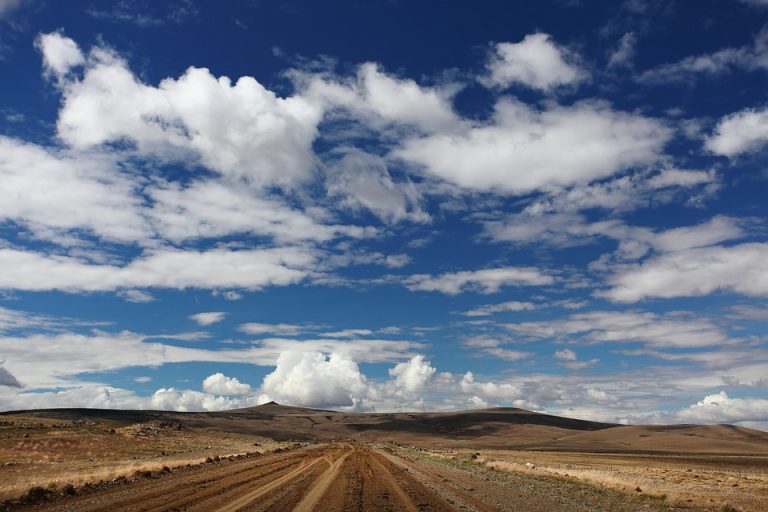Eco friendly travel is travel that slashes your footprint, lifts local economies, and protects the places you love to visit. It’s simple: choose options that use fewer resources, create less waste, and respect communities. This matters because travel shouldn’t cost the planet what it asks from your heart. You can travel beautifully, responsibly, and with intention — and I’ll show you how to start, step by step.
Contents
- Eco Friendly Travel Basics
- Choose Greener Transport
- Pack Light And Pack Smart
- Choose Conscious Lodging
- Eat Local And Waste Less
- Bring Reusables Everywhere
- Offset And Track Your Carbon
- Leave No Trace And Give Back
- How To Plan A Low-Impact Itinerary
- Practical Packing Checklist
- Money And Respect
- Safety And Health With A Green Mindset
- Smart Tech, Low Impact
- Keep Learning And Sharing
- Bottom Line
- FAQ
Eco Friendly Travel Basics
Think of sustainable travel as a set of small, powerful habits. A few choices — the transport you pick, the bottle you bring, the hotel you book — stack up into enormous impact. Researchers tracking tourism emissions show that individual choices add up, so the actions you take matter for climate and for communities. Start by treating every trip as an opportunity to do good, not just to escape.
Choose Greener Transport
Planes, trains, buses — one of the biggest decisions you’ll make is how you get there. When possible, pick trains or buses over short-haul flights; they use far less fuel per passenger. If you must fly, choose nonstop routes and economy seating to reduce per-passenger emissions. Booking a direct flight instead of one with connections and using public transit at your destination are both simple moves for cleaner travel.
Pack Light And Pack Smart
Heavy luggage costs you and the planet. Airlines burn more fuel when planes are heavier, and that trickles down into higher emissions. Pack versatile clothes you can wash and rewear, and choose items that fold small and dry fast. A compact wardrobe means less weight, less packing stress, and more room for memories instead of stuff.
Choose Conscious Lodging
Where you sleep can amplify or reduce your travel footprint dramatically. Look for hotels or guesthouses that show real commitments: energy-efficient lighting, linen reuse programs, local hiring, and water-saving fixtures. Smaller family-run places often reinvest directly into the community. Check sustainability statements on official pages or independent platforms like the Global Sustainable Tourism Council to confirm practices before you book.
Eat Local And Waste Less
Food is culture. Choosing local eateries and seasonal produce supports the economy and reduces the carbon cost of long-distance food transport. Swap packaged snacks for fresh market finds and learn a few phrases to order with respect. If you’re served more than you can eat, ask for a takeaway container instead of letting food go to waste; many chefs will appreciate that you value their ingredients.
Bring Reusables Everywhere
Single-use plastics are travel’s ugly secret. Carry a sturdy water bottle, a lightweight cloth bag, and a foldable cutlery set. These three items alone can erase dozens of disposable cups, bags, and forks from your trip. When shops only offer plastic, politely refuse and offer your own — you’ll be surprised how many locals will follow your lead when they see it’s easy.
Offset And Track Your Carbon
Offsetting isn’t perfect, but done carefully it’s a practical part of greener travel. Use reputable programs that fund verified projects like reforestation or renewable energy. Pair offsets with real reductions in travel emissions — offsets are a last step, not the first. Use tools from reputable organizations to track your footprint so you know whether your offsets match your actual impact.
Leave No Trace And Give Back
Travel well, and leave the place better. Stick to marked trails, respect wildlife, and avoid souvenirs made from endangered species or cultural artifacts. When you can, volunteer locally or choose tours that give back to communities. Conservation organizations and community-led projects welcome short-term support when it’s requested and organized through local partners.
How To Plan A Low-Impact Itinerary
Planning pays off. Start by mapping destinations that sit close together to reduce transport needs. Opt for slow travel: spend more time in fewer places and savor depth over quantity. Reach out to local guides who hire local staff and use this research to create a trip that’s enjoyable for you and respectful to the place you visit.
Practical Packing Checklist
Before you zip your bag, run this checklist: a reusable water bottle, collapsible bag, reusable utensils, quick-dry towel, refillable toiletries, and a compact first-aid kit. Keep your liquids in refillable containers and buy refillable sunscreen that’s reef-safe. These choices reduce waste and save money when shops are expensive or scarce.
Money And Respect
Support the local economy by using local services, shopping at markets, and tipping appropriately. Learn a few local phrases — they break down walls and show you’re not just passing through. Respect local customs; often, simple awareness prevents unintended harm and builds goodwill that enriches your trip.
Safety And Health With A Green Mindset
Being eco-aware doesn’t mean ignoring safety. Choose registered guides, respect wildlife safety rules, and carry eco-friendly insect repellent and sunblock. Health systems vary by country; check travel health advice from trusted sources and bring a reasonable supply of any medications you need so local pharmacies aren’t strained.
Smart Tech, Low Impact
Use apps to book responsibly and avoid paper waste. Download maps and guides for offline use to cut roaming and unnecessary data use. Turn off background apps and charge devices efficiently — small energy savings at scale matter. If you can, support local small businesses by booking directly with them instead of through big aggregators.
Keep Learning And Sharing
Every trip teaches you something. Bring that learning home and share practical tips with friends and family. Communities and policymakers notice when travelers demand better options; your choices can nudge entire industries. Read reports from organizations like the United Nations World Tourism Organization and follow local conservation groups to stay informed.
Bottom Line
Eco friendly travel starts with simple choices and a stubborn desire to do less harm. Packed lightly, moving thoughtfully, supporting local people, and refusing single-use waste — these habits reshape the way you travel. When you plan with heart and intention, travel becomes a force for good rather than a drain. Keep it practical, keep it human, and remember: small, steady actions create big, lasting change.
Thank you for wanting to travel with care. Your choices matter to the places you love to visit and to the people who call them home. Go gently, and bring back stories worth sharing.
FAQ
How much does eco friendly travel cost compared to regular travel?
Costs vary, but eco friendly travel often saves money. Pack light to avoid baggage fees, choose public transit instead of taxis, and eat where locals do for cheaper, richer meals. Some sustainable options — like eco-lodges — can be pricier, yet they invest in local communities and conservation, which is a different kind of value.
Can I still fly and be eco friendly?
Yes. Flying can be part of responsible travel when paired with thoughtful choices. Fly direct when possible, book economy seats, and reduce other emissions on your trip. Combine reductions with reputable carbon offsets and consider longer stays to make the flight more worthwhile.
How do I verify a hotel’s sustainability claims?
Look beyond buzzwords. Trusted certification programs and independent reviews are your allies. Check the property’s detailed sustainability reporting, guest feedback, and whether they support local hiring and conservation. If in doubt, contact the property and ask specific questions about energy, water, waste, and community initiatives.
Is eco friendly travel practical for families?
Absolutely. Families can adopt the same simple practices: reusable bottles, public transit, slower itineraries, and local food. Kids learn empathy and stewardship from seeing these choices in action. Planning a family trip with these values builds lifelong habits.
What’s the single best change I can make?
Make one big, habitual change: travel slower. Staying longer in one place reduces transport emissions and lets you understand and support the local community more deeply. Everything else — packing, eating, lodging — becomes easier and more meaningful when you slow down.
— — —
References
-
The United Nations World Tourism Organization provides guidance on sustainable tourism practices and reports on tourism’s global impacts (http://www.unwto.org).
-
The U.S. Environmental Protection Agency offers tools and research on greenhouse gas emissions and strategies to reduce travel-related pollution (http://www.epa.gov).
-
Researchers at the University of Oxford and other institutions publish studies on tourism emissions and the effectiveness of carbon offsets, available through university and journal pages (http://www.ox.ac.uk).








